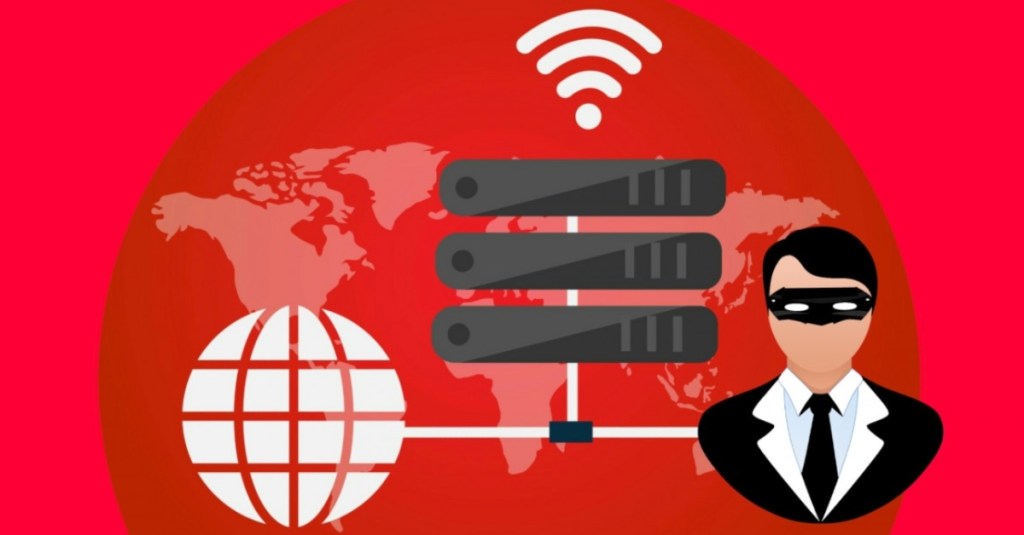You’ve probably used incognito mode on your computer before, right?
We probably all have on shared or public computers just to take that extra step to be sure that our passwords and other information won’t be saved. But incognito mode, also called private browsing, might not be as private as you think it is.
When you use incognito mode, your website history isn’t saved, cookies aren’t saved, and no information is saved for autofill purposes on different sites. While incognito mode has its advantages, there are some problems with it, as well.
Photo Credit: Unsplash,Sergey Zolkin
For one thing, any files you download or bookmarks you create while in incognito mode will still be saved and your IP address can still be tracked by websites you visit.
And the kind of computer you use, what browser you prefer, and the resolution on your screen are called “device fingerprints” and they can be packaged together to track you.
Also, and probably most importantly… your Internet Service Provider (ISP) is able to see ALL of the sites you visit. That means that network administrators at your school and your job can see what you’re up to, as well. They monitor exactly where people are going because that info is completely open, and, yanno, that’s their job.
The only way to anonymize your traffic to your ISP and network admins is to use a VPN. But even then… the VPN provider can see it. So there’s basically no true way to browse anonymously.
And keep in mind that if you log into a service like Google or Facebook and you use incognito mode, those services can see what you’re up to and they can use that information.
Photo Credit: Unsplash,Wes Hicks
The best way to look at incognito mode is to realize that someone who uses the same computer as you won’t be able to see what sites you’re visiting and get any information, but everything can still be tracked by Internet companies.
And if you’re tired of using Google as your search engine because of their information-gathering habits, you should consider using other ones like DuckDuckGo or Startpage that are more focused on privacy.
